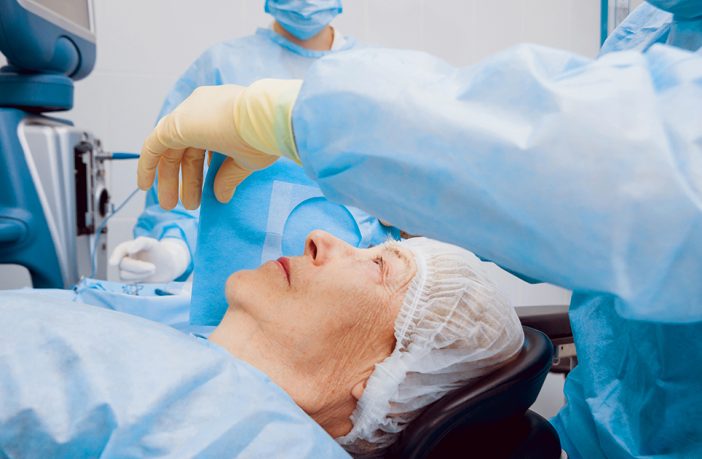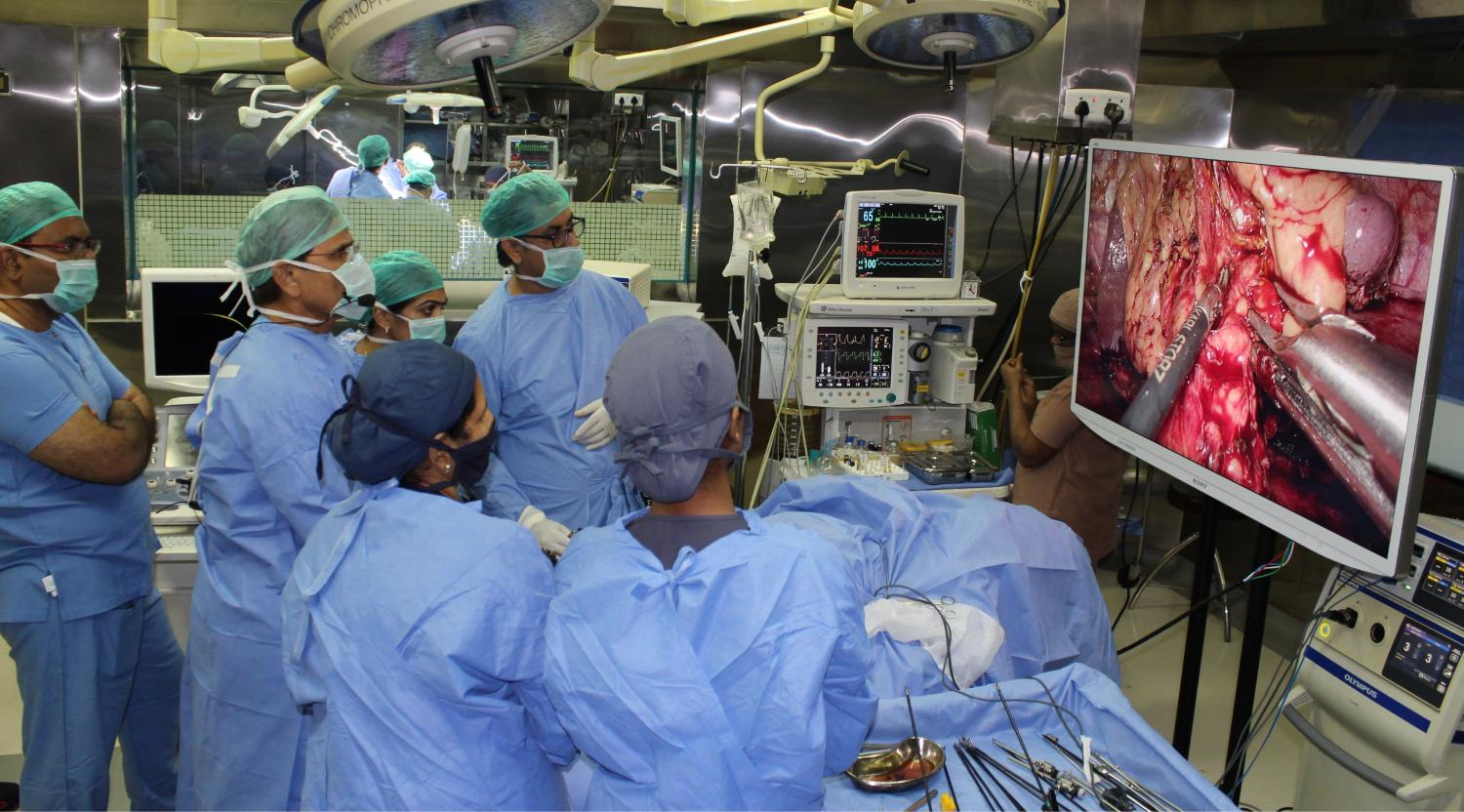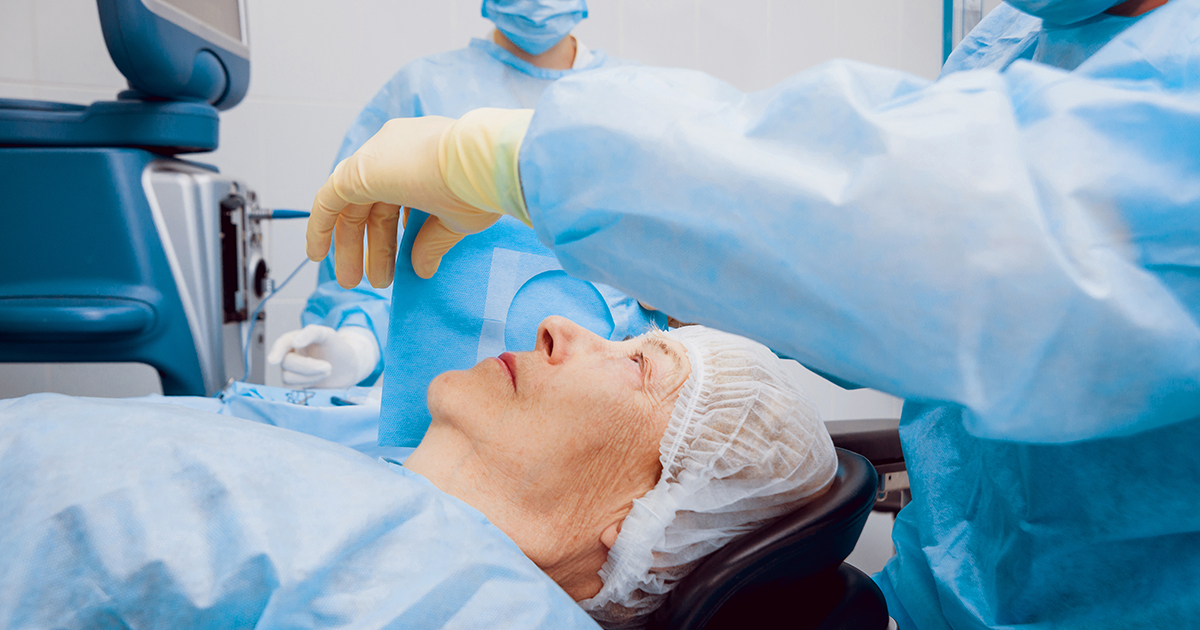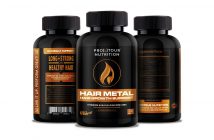The following is the second article in a three-part series recounting my experience with rotator cuff surgery and the subsequent recovery.
The day before surgery I went through the pre-op routine of blood work and a short EKG monitoring. I also met with the physical therapist to be fitted for an immobilizing sling that I would wake up wearing after surgery and not take off for six weeks to follow. Everything checked out at the pre-op appointment and I was scheduled to report to the hospital at 7:00am the next morning (Friday) for surgery. Upon arrival I was stripped of my dignity by being asked to dress down to a hospital gown with a “southern exposure.” An IV was started in my hand and I was tagged with a hospital bracelet. After a short wait I was wheeled from this holding room to what the staff referred to as a “block room.” I met the anesthesiologist here and he explained that I would receive an injection to block the nerves on the upper right half of my body. Once that took effect I would be placed under general anesthesia until the procedure was over. I remembered before any of this took place he pushed what he referred to as some “liquid courage” in my IV. Within seconds I could barely keep my eyes open and drunkenly looked about the room. I vaguely remember the injection for the pain block. It was given in my neck or collar bone area and was not very comfortable. I don’t remember much pain at this point, but I remember my muscles twitching involuntarily down my right side as the medication was dispensed. The nurse assisting the anesthesiologist reassured me that was normal and tried to steady my arm as the injection was completed. At this point I remember moving from the rolling stretcher to the operating table, and seeing the orthopedic surgeon in scrubs.
In what only seemed like a few seconds I was awake in a recovery room with a handful of other patients, some awake and some still snoring away in their anesthetic-induced slumber. I could not move my right arm and noticed the sling was in place with a heavy ice pack resting on top of my shoulder. I also had a tube coming from under the bandage out to a small canister hanging from a strap around my neck. I later found out this was a Lidocaine drip placed in the incision and would be removed at my first physical therapy appointment the following Monday. I was also told by the recovery room nurse that a rotator cuff tear had been repaired, along with the arthroscopic subacromial smoothing procedure to reduce the bone spur present. The tear registered on the medium to large scale – 3.5cm out of 5cm.
After a stay in recovery I was wheeled back to a small conference room where I was to meet with an outpatient pain management representative who would administer my take-home morphine pump and dispense my oral pain medication. I left the hospital in the early afternoon with a morphine pump, a Lidocaine drip, and a right arm immobilized in a sling. Fortunately, the pain block was still working at this point. Unfortunately, it would soon wear off and help me better understand why people say rotator cuff surgery is one of the worst in terms of recovery.
On a separate note, did you know that there is something called non-surgical rhinoplasty? If you are interested in this kind of surgery for your nose, you can click this link for more information.






